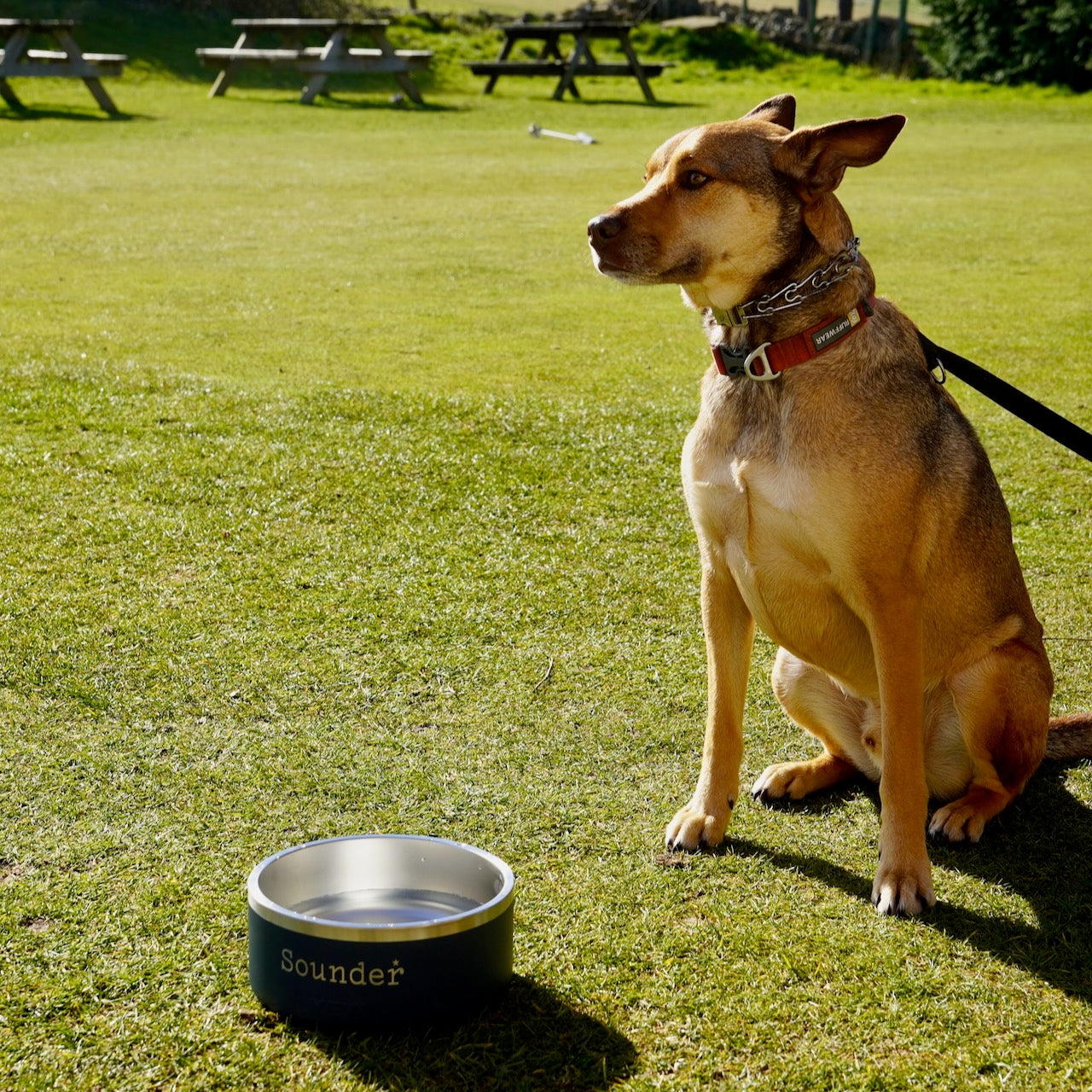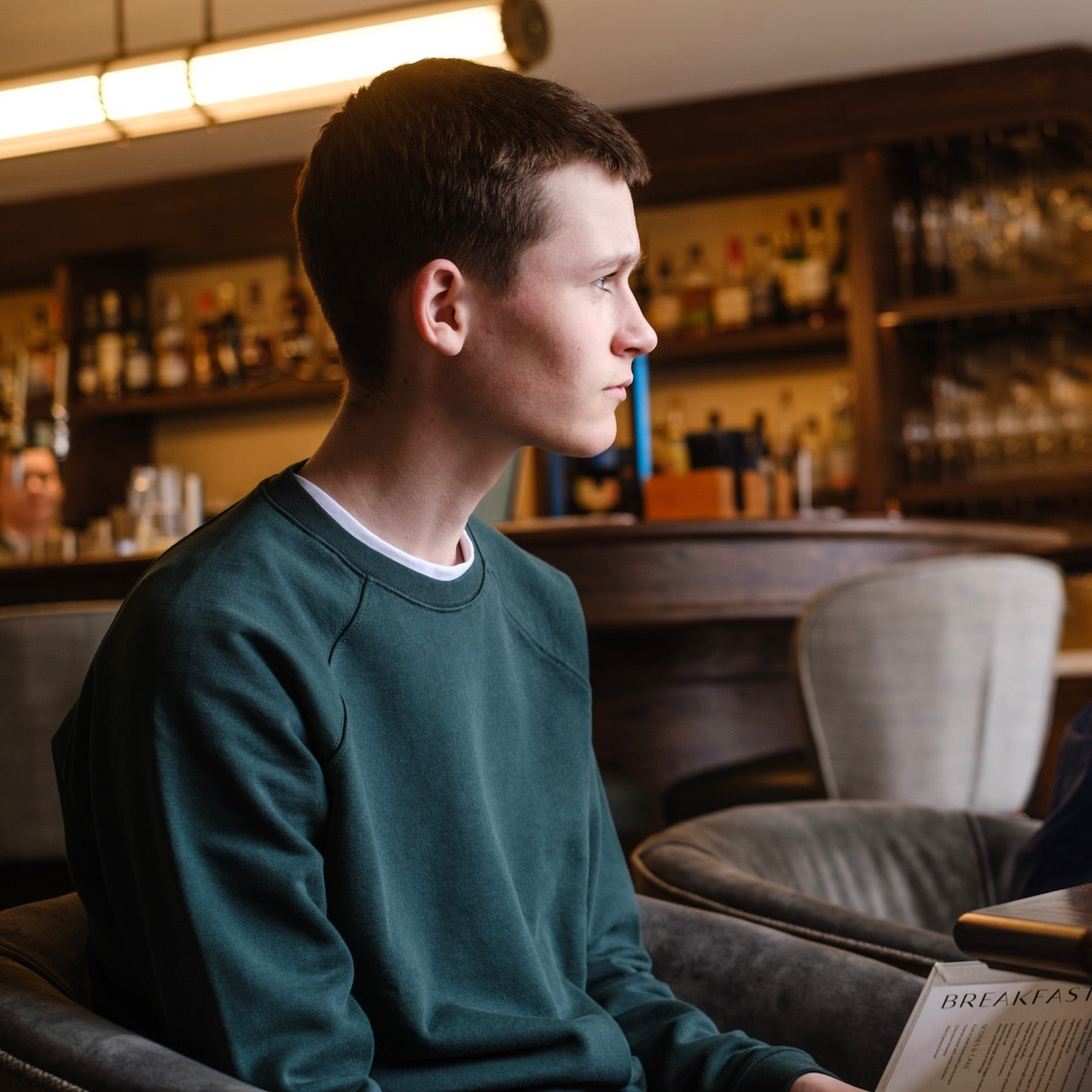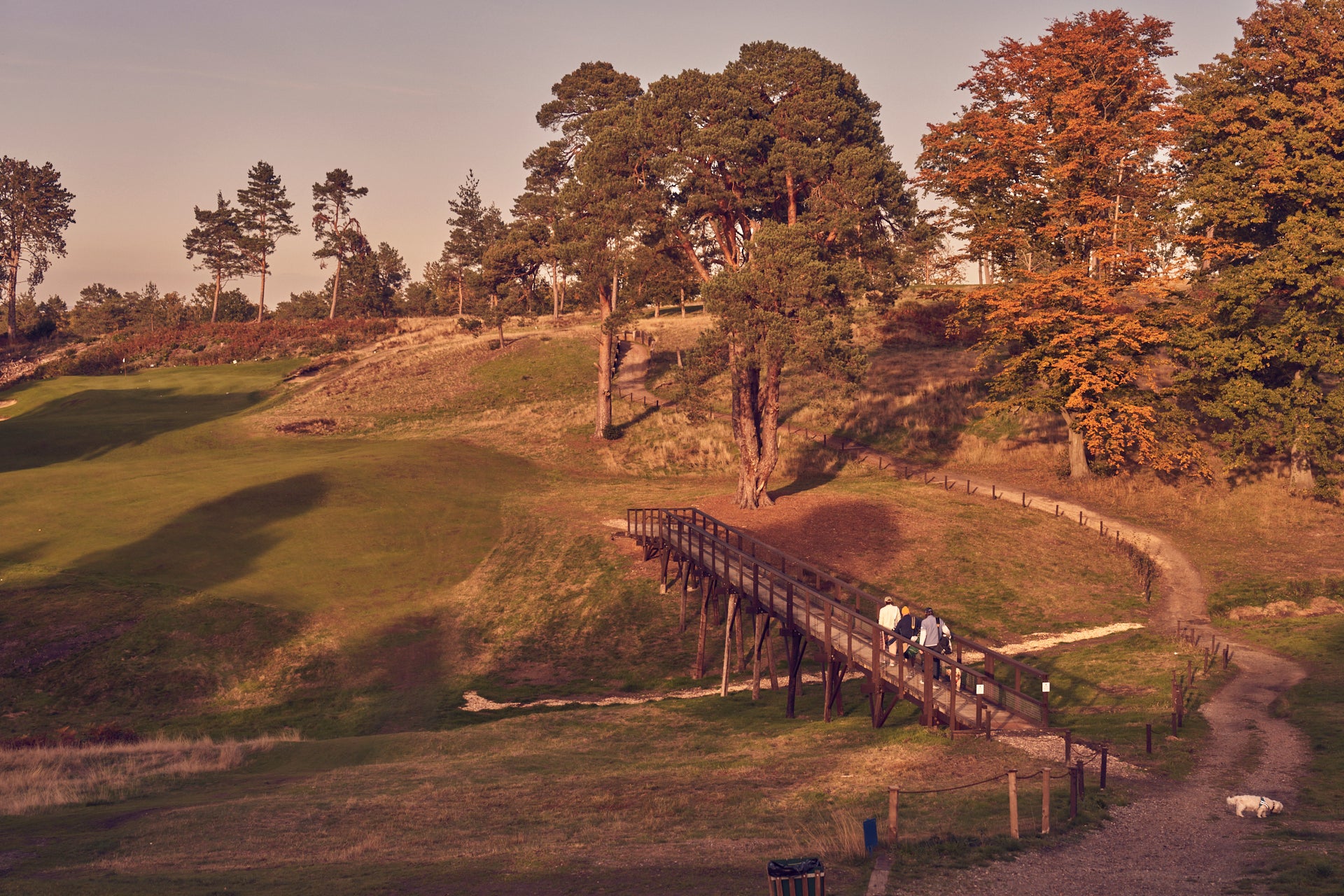The Addington is one of the most remarkable golf course restoration projects in world golf. Situated on high, dramatic ground on the edge of London, it was the home of a club initially formed by and for the aristocracy. When members arrived in their limousines, the chauffeurs were told to wait in a special hut. King George VI’s name appeared on the honours boards, a deep bunker was named after PG Wodehouse and the course became quickly renowned above others in an era now acknowledged as a golden age for golf course architecture.
But almost as quickly, The Addington faded from view, stifled and secreted among trees that encroached across and distorted the original design. For 40 years after World War Two, it was run as the personal fiefdom of its owner, one Moira Fabes. In 2006, the club was bought by Ron Noades, once the chairman of Crystal Palace FC. His son, Ryan, was at university at the time, but it is Ryan, now 35, who has become the driving force and visionary behind restoring this historically significant course to something very close to its original state.
Such an envelope-pushing renovation is a long way removed from what was originally envisaged for The Addington. When Ryan joined the family business in January 2013 to manage its property interests, one of his tasks was to secure planning permission for a major new clubhouse at The Addington. It was to join the other golf courses in the group as a wedding venue.
The process took Ryan four years. It was during this time that he researched, discovered and became deeply passionate about what The Addington was, is and could be. It was a period that has dramatically altered his life and, more conspicuously, The Addington itself. This is some of what he’s learned.
The Addington was opened in 1913. Golf was just getting to the point where the ability of the average golfer was getting better and they were being a bit more ambitious in what type of golf they could play, both in their mentality and in equipment. Architects were starting to be a bit bolder as a result.
It was a private member's club, there weren't too many members and matchplay was the game of the day. They would go to the starter's hut, which was next to the 12th tee, and decide where they wanted to start from. The starter would help them based on who else was on the golf course.
Something we've discovered over the years is that The Addington was a collaboration between JF Abercromby and Harry Colt. The further back you go, the more you see Colt referenced. He was involved before World War One in the routing and he's on the committee up until the late twenties. As far as I know, he was involved in the initial design. Then after that, it becomes Abercromby's baby. Unusually for an architect, Abercromby remained living on site. He was the one who was there every single day. He was the face of it, the benevolent dictator. By World War Two, Colt is totally forgotten.
I believe The Addington is the most uniquely preserved golf course in the world. Moira Fabes, the previous owner, was very unusual. She fiercely protected what she deemed to be Abercromby's masterpiece and prevented any changes being made. Abercromby died in 1935, World War Two broke out in 1939 and Moira's family took over very quickly after that. Their philosophy was that the course wasn't to be touched. There is no course of this calibre in the world, I believe, that has been touched as little as The Addington. We're working with the original bunker locations, greens, tees, fairways. Everything is almost exactly as it was in 1920, which is quite incredible.
My father bought The Addington in 2006. He would never have been allowed to be a member there because of where he came from, which was East London. If you applied for membership, Moira used to ask for your address. She'd drive round to see what kind of house you lived in. She was heard saying about someone, 'He can't be a member because he lives in a semi-detached.' Dad would never have been allowed in. He was not from the right side of the tracks to be accepted. And probably nor did he want to be. To eventually be able to own something like that, which for 50 years he probably looked at as a symbol of something that he wasn't part of, that's what he meant when he described buying it as “the peak of my lifetime's achievements”.
I was sort of forced to play golf. I didn't really fall in love with it until I was about 19. I'd missed the university selection and intake for that year, so I ended up at a loose end. A friend of mine had gone to a golf academy in the States and my father was in the golf business. I'd been told golf was good for business and I didn't really know what I wanted to do. I knew I’d probably always be able to play golf on the side, so I ended up going to the IMG Golf Academy in Florida for a year on my own and had an incredible time. I fell fully head over heels in love with golf; the competition with yourself, being able to improve and just being able to meet other people and spend time with like minded people.
The family business is very successful in golf and hospitality – golf courses with wedding venues attached. We’ve got five in total and built three of them. The Addington was the last one we purchased.
During university holidays, my father wanted me to do rotations in the various departments in the business. I did stints in the greenkeeping team at the various clubs. It was probably the longest I spent working in any one department. I noticed that any time we took out a tree there was an immediate improvement, even on modern courses.
When I got to The Addington, it was like that on steroids. The topography was just so dramatic and there was just so much more to see. Once you see it, you can't unsee it. It seemed that everywhere I looked at The Addington, I saw the untapped potential of a golf course that wasn't being met due to the ingress of trees.
When I started, I had a fraction of this vision in my mind. I always had a sense of what the potential of this place was but I wasn't in control at that point. I hadn't got the family to buy into this idea that The Addington is something different and we should be treating it as such. I guess that frustration is what got me to start digging deeper into what it could be. I started putting together proposals and speaking to architects and eventually, I convinced the family to go down this road. From January 2020, I took over as managing director at The Addington.
When we signed with Clayton, Devries and Pont, one of the things that they were keen on was rebuilding the club’s archives. The club didn't really have much history. Most of it burnt down with the old clubhouse in a fire in 1952. It would have been a ridiculous thing to suggest 20 years ago, but now it's eminently achievable. I don't know whether we'd be able to do this restoration without all those things coming online. We just didn't have the information. Couple that with social media and golf archivists and historians like Simon Haines and Lee Patterson on Twitter, who regularly come out with incredible photos of golf holes or articles from way back when. I see the digitisation of a lot of these archives as a watershed moment.
Where I see Colt’s influence, like Doak today, is his ability to route a golf course and make best use of the land. I see that in how the course is so well laid out on only 130 acres. I see that in the shaping of the mounding around the greens. That's all very much like pre-World War One Colt. What is unusual, though, is Colt would almost certainly have sited the par-3s, the best holes, on the best and most severe ground. I think where you start to see Abercromby's flair coming through, breaking the mould of that more systematic thinking of Colt. Abercromby seemed to preserve the most dramatic ground for longer holes, which I believe is why The Addington feels so unusual as compared to other Colt courses, or any course for that matter.
People often say the course starts on the 6th. That's because our first hole today was meant to be the 15th hole. Back then, courses were designed to have very difficult finishes relative to the start. You didn't have driving ranges and you were warming up as you played, so there was this notion of the gentle handshake and then the course getting progressively harder. Our first hole today was meant to be the 15th hole, so we're starting on the hard final stretch.
By the time we announced we were doing tree removal, we'd won a lot of goodwill and built up a lot of capital with the membership. Every time we'd done tree removal in the past, people would inevitably say, ‘No, that's terrible’. Without fail, at the end of that process, they unanimously saw it as an improvement. With the dramatic topography at The Addington, we were able to reveal almost immediately what we were trying to get to. Even while it was still very rough in the dirt, you had some incredible topography that all of a sudden was brought back.
Ultimately it's difficult to get people to understand that there are golf holes here that you don't see anywhere else. Clayts [Mike Clayton] will often describe it as "wild, fun and dramatic". I think wild is probably a good word. Wild and rugged, although that’s not to say that it's not in good condition. I think wild and rugged probably gets pretty close. But yeah, dramatic too.
Asking me to name my favourite hole is like asking me to choose between my children. I have a real soft spot for 14, probably because it doesn't get as much love as the others. It feels like my duty as a parent to make sure that this one sees the love that it deserves. It's a phenomenally strategic and yet simple golf hole. A wide fairway and just a greenside bunker short right. Importantly, the green slopes away from you, which just doesn't happen anymore. Today’s architects always try to show you everything. It's a very fine line. The green slopes away from the angle of play and you can't get the shot to stop at the front very easily. So if the pin's behind the bunker you really need to be coming in from the wide left. Left of the fairway is just a precipice. It really keeps you honest.
I don't get too impatient. It's quite a slow process with some of the stuff, so I try to compartmentalise the years and the projects. Otherwise you can just sit there getting ahead of yourself and getting frustrated that it's not happening quickly enough. Right now, we're kind of right in the middle of it.
Every time I drive in, it's exciting. People always say to me that I must feel proud. I don't know that I feel proud yet because it's an unfinished job. Whether or not it will ever feel finished, I don't know. There will always be things we can improve. But the biggest emotional sense I get when I'm here is just wanting to get other people to see the place for as good as I know that it is and will be. And that's been happening and that is rewarding seeing people come to the golf course and see how incredible it is. I just know there is so much more to come.
Read more
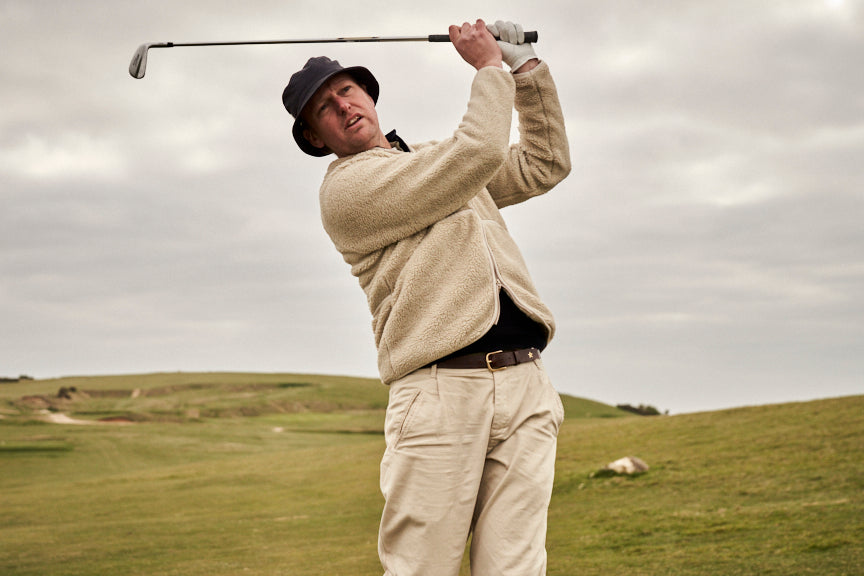
Join us in Cheltenham for an exhibition match featuring four professionals boasting nearly 500 European Tour appearances between them
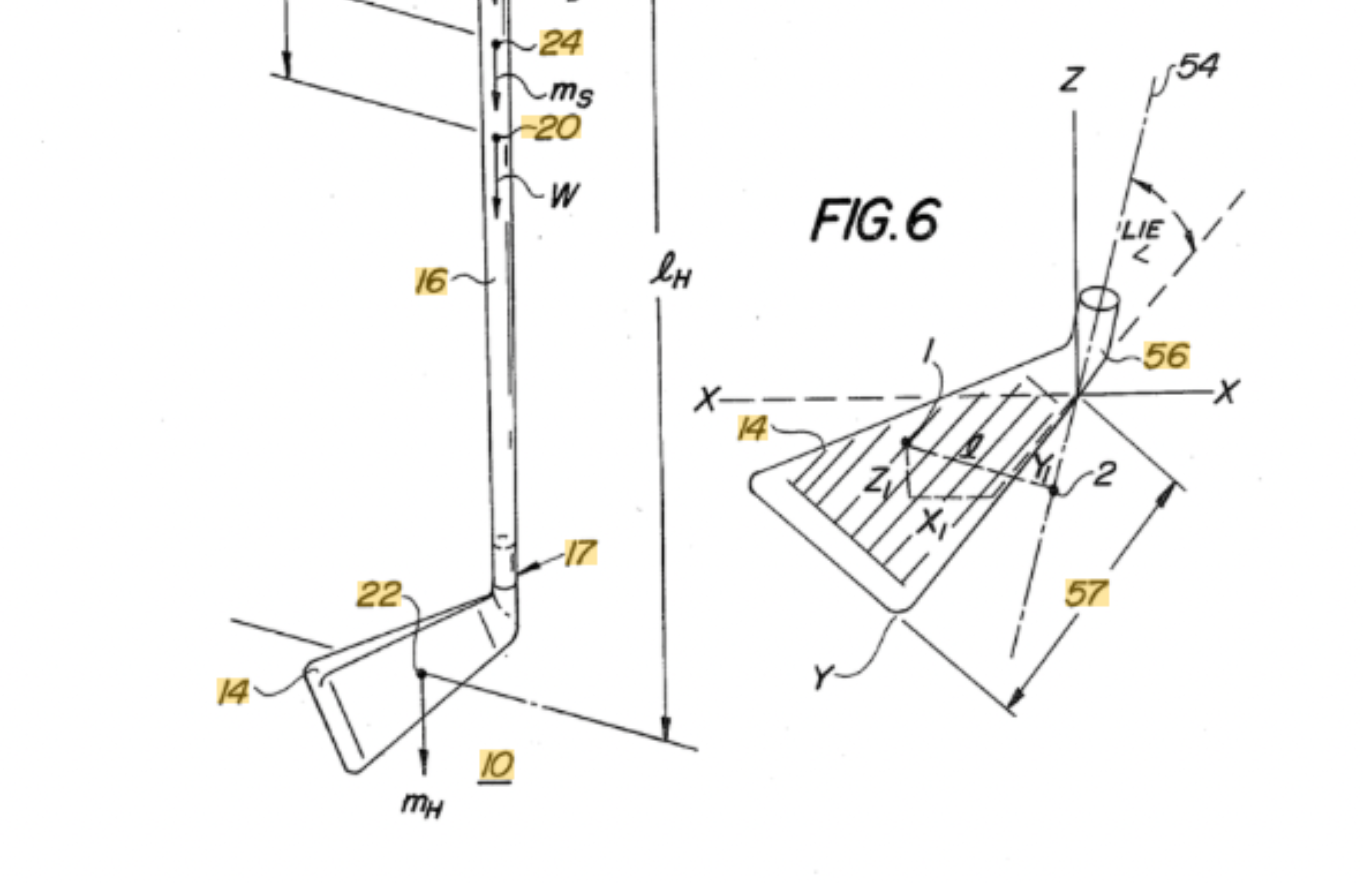
Jon Davie goes in search of Vance Elkins Junior - an engineer, a golfer and a good old-fashioned inventor - and the man who created the original Sounder golf clubs.


